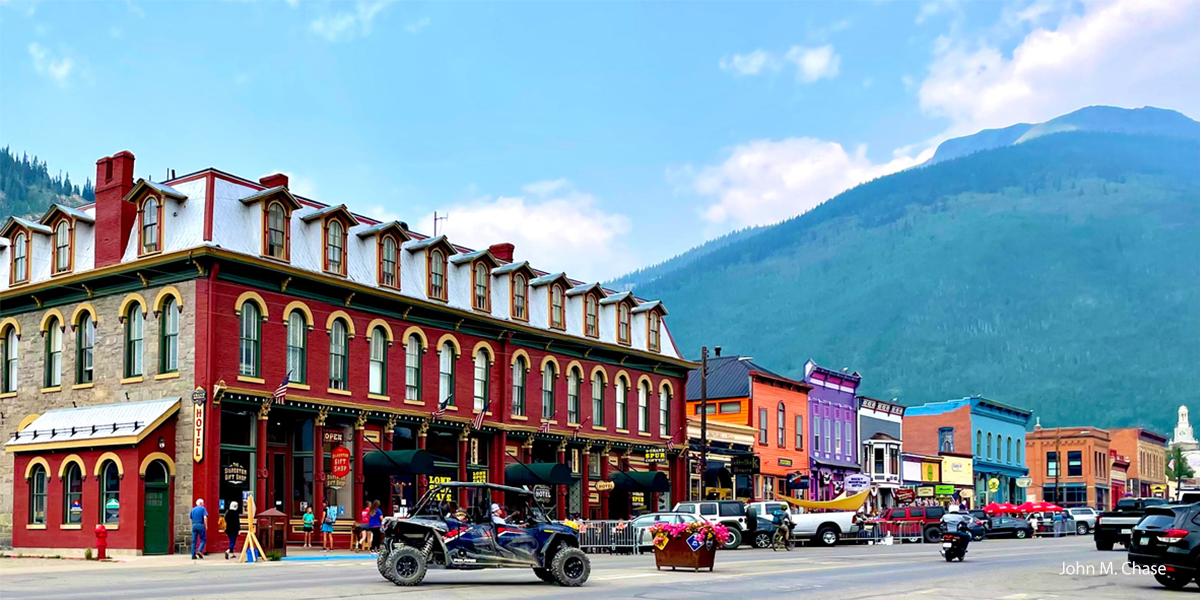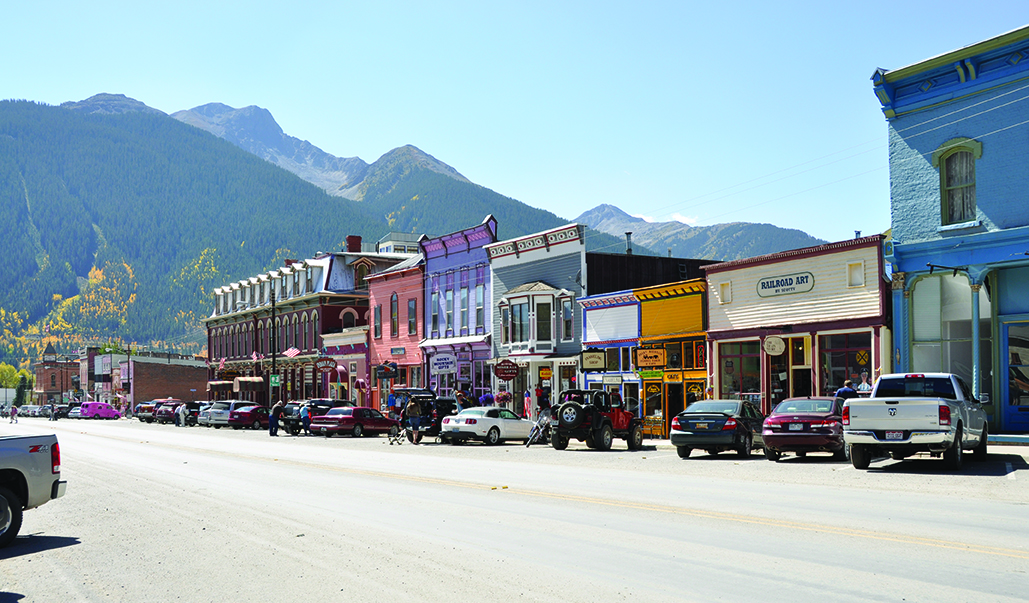Silverton’s Mining Boom – Blair Street and Prostitution
Silverton’s Notorious Blair Street and Prostitution
Silverton’s mining boom began in 1860, and soon, Blair Street was crowded with saloons, gambling halls, and bordellos—rang with the raucous clamor of young, single men. Ladies “worked” this stretch and were considered a social necessity in Silverton, just like other mining towns during this era.

The Prostitutes of Silverton Mining Boom
The women who took on prostitution as a way to make a living lived a “hard” life. Their lives were filled with drug abuse, violence, loneliness, and disease. Yet, fines from “their businesses” kept town coffers full. And though they were often harshly judged, these women stepped in as nurses and caregivers when necessary, such as during the 1918 flu epidemic. Their efforts saved numerous lives during this time.
Life for women in mining towns
Historians of the 1980s began to include women in their tales, but their roles were mainly hidden. For the most part, women were portrayed as housewives. However, the story of the gold rush was not one of homesteading families, compared to the story of pioneering the American West. To complicate these women’s already compromised situation, they were not legally allowed to vote or legally allowed to stake gold claims either. Instead, when women became victims of abuse, society blamed the females as being sex workers.
(How History Has Failed to Tell the Story of the Gold Rush Women, Brian Castner)
Women in mining towns had few choices for making a living. At this time, women could be:
- Married, a housewife.
- A school teacher (single).
- Work various low-paying labor jobs.
- A prostitute.
Prostitution became a necessary second job as trades available to women, such as housekeepers, cooks, nurses, and other vital labor positions, did not pay a living wage. Some women did “marry” a single client to be their live-in sex worker, but this was rarely the best economic choice. Few miners were getting rich, and marriage limited the women’s ability to make money.
Silverton’s Hollywood Movie Era
In the 1950s and 60s, Silverton’s historic buildings garnered the attention of Hollywood, and actresses—including Marilyn Monroe. By then, they were the only ones leaning over these spindled balconies.
Westerns such as “A Ticket to Tomahawk,” “The Maverick Queen,” “Night Passage,” and “How the West Was Won” all took their turn creating the mythological West where Wyatt Earp and Doc Holliday had walked, right on Blair Street.
Blair Street Today
Today, the Blair Street Historic District Association is working hard to restore and enhance the street into their vision for the future. A recent donation of $50,000 from former Senator Ben Nighthorse Campbell will allow for the addition of street lights, wooden sidewalks, and new public restrooms, as well as a performance venue in Columbine Park.






